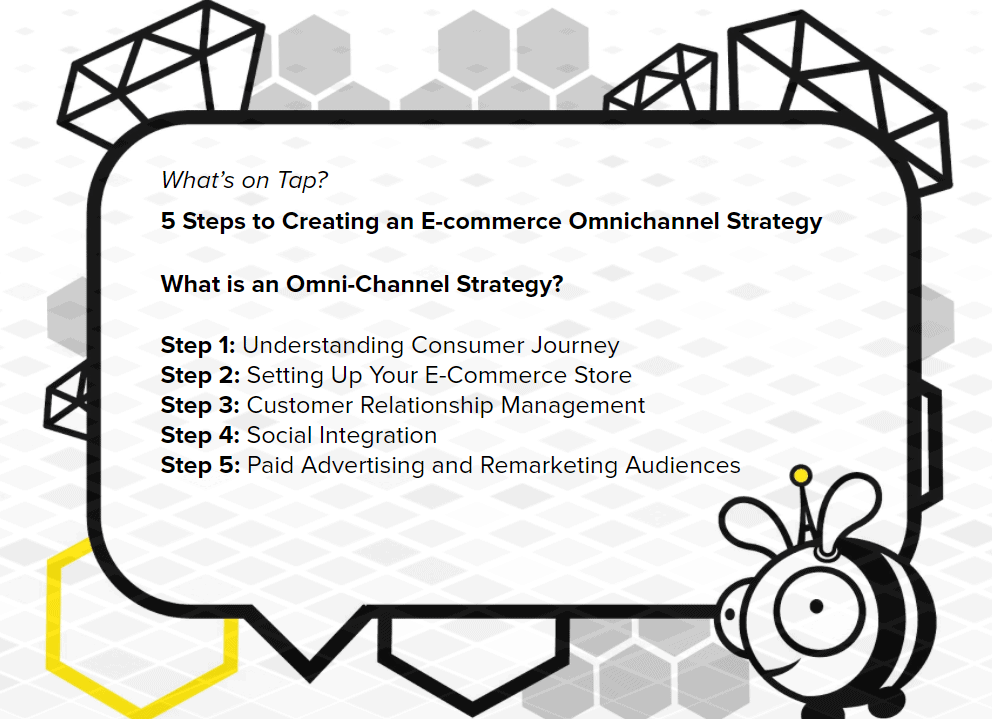Podcast: Play in new window | Download
Subscribe: RSS
You’ve built your online store, made sure that your mobile experience is strong, and developed a social media presence;
by all accounts, you are doing everything right, so why are your customers not converting?
One of the number one reasons is a lack of consistency across all your channels.
With an omnichannel approach, you can create a unified customer experience that supports sales no matter what touchpoint your users interact with you.
What’s working?

What is an Omnichannel Strategy?
Omnichannel strategies help you create a seamless experience for your audience across multiple platforms.
- Creates a tailored strategy to engage with your audience
- Keeps your business cohesive across each platform
- Maintains customer experience consistency

Step 1: Consumer Journey
Take some time to identify your audiences and determine how your omnichannel marketing strategy will meet their needs.
What channels are they most active on?
What makes them convert?
Which patterns occur?
How do we solve the challenge areas?

Understanding how a customer navigates your channels is key in providing person-level insights and allows you to adapt your strategy to their needs.
Step 2: Setting Up Your E-Commerce Store

There are 5 things to remember when setting up your e-commerce store:
- Select the right platform for your business model
- Make sure you have the proper tools in place to optimize
- Ensure the shoppable experience is user-friendly and simple
- Offer customer support (live chat, 24/7 support)
- Look to trends and compare search volumes of products to recognize promotional opportunities
Step 3: Customer Relationship Management
Managing consumer information is a crucial part of running an eCommerce business.
CRM software enables your company to manage and store current and prospective customer data in a centralized location.

A CRM platform can help benefit your online store in many ways:
- Allows message personalization
- Retains current customers
- Aids in understanding customer habits
Step 4: Social Integration
It’s not enough to have a great website – you need to be active on social media.
- People will try to reach you in different ways, and social media is one of the handiest methods today.
- Social media makes it easier to deliver a fantastic customer experience and offer seamless interaction with your clients.

Step 5: Paid Advertising and Remarketing Audiences
Create different ad experiences on various advertising platforms and place them along a singular user journey.
- See: Discover your brand for the first time.
- Think: Think about your brand’s offerings
- Do: Willing to purchase from you
- Care: Loyalty for your brand

Wrapping It Up
Marketing in 2022 requires being active across many channels: social media, email, your website, advertisements, and more.
An omnichannel strategy will strengthen your marketing funnel and smoothly guide people from just browsing social media to loyal repeat customers.

We hope you enjoyed learning about the 5 Dos and Don’ts of Social Media. If you’re looking for more great content, check out some of our other reads below:
5 Dos and 5 Don’ts Of Social Media For Small Businesses
The Future of Digital Advertising – What You Need To Know
Shoppable Livestreams for Ecommerce

